The diversity status of micro-organisms may be defined in terms of variations in morphological, physiological and genetic characteristics apart from habitat diversity. The size of the microbial world has been appreciated recently despite its indispensable role in human welfare and environment protection since time unmemorable. There has been a tremendous effort on to explore the vastness of the microbial diversity through traditional cultivation techniques and the inability of many micro-organisms to respond in a particular culture substrate possess a major setback in this field of research. However, new techniques based on important molecular markers (nucleic acid probes and fatty acid profiles) enabled to overcome the problems of uncultivable microbes to isolate and identify from different natural habitats and other disturbed environments. This book, Microbial Diversity: Status and Potential Applications is an attempt to bring the present scenario of research and development activities related to microbial solution, cultivation and identification techniques, exploitation and economic importance apart from their role in environment protection. The book is based on invited articles from eminent researchers and experts of the country actively engaged in different areas related to microbial research and their applications. The entire book is divided into three sections, Section 1 on Micro-organisms Diversity, Section 2 on Tools and Techniques for Studying Microbial Diversity and Section 3 on Potential Applications of micro-organisms. Section 1 gives an overall view of microbial diversity status on different habitats ranging from algal diversity in Antarctica fresh lakes to fungal diversity in natural forest soil, jhum lands and in stressed environments. Section 2 is an important part of the book describing the present trends of the tools and techniques employed for microbial diversity from all kinds of habitats. Modern molecular based techniques such as use of nucleic acid probes (isolation of DNA, rDNA and 16S RNA), fatty acid profiles (FAMES and PLFA) and epiflouresence microscopy and starter culture techniques for isolation of yeast strains are discussed in detailed. Section 3 is devoted to the potential applications of micro-organisms in various fields such as production of single cell proteins (SCP) from microbial biocatalysis, identification of antimicrobial activity of plants, chitinolytic importance of actinomycetes and biopesticidal management of plant diseases. This section also covers the role of mushroom fungi in socio-economic development of the society in addition to their role in environment protection, industrial and rural development activities.
ABOUT THE AUTHOR G D Sharma
Professor G.D. Sharma is a Mycorrhizologists/Microbial Ecologist, completed his doctorate from North Eastern Hill University, Shillong (Meghalaya). Professor Sharma is currently Vice-Chancellor of Nagaland University, a central University in North Eastern India. Before moving to the Nagaland Univesity he has served North Eastern Hill University in the capacity of a Faculty member (Reader & Lecturer) of Botany Department and Assam University, Silchar in the capacity of Professor/Head, Department of Life Science and Dean School of Life Science. He has successfully completed about 13 R&D projects funded by a number of agencies (CSIR, ICAR, DAE, UGC, DOEn, DST, ICFRE, Indo-Rrench Collaboration). He has guided about 15 students for their Ph.D. degrees. Professor Sharma has about twenty-seven years of teaching and research experience. He has published 130 research papers in journals of national and international repute. He is recipient of prestigious fellowship of Royal Society, London, UK and INSA, India. He has visited several countries (USA, UK, Canada, Japan, Malaysia, Singapore, Thailand) for various academic causes. His biography has been published in the Dictionary of Asian Mycorrhizologists, and several publications of American Biographical Institute, USA and International Biographical Centre, UK. He is in the editorial board of a number of national/international journals and has been elected as Fellow of the International Society (FBS). Professor Sharma has attended/chaired technical sessions of several conferences in India and abroad and has also organized a few conferences/seminar/workshops during his stay with NEHU, Shillong and Assam University, Silchar. He is a life/active member of several professional bodies.
ABOUT THE AUTHOR S.C. Tiwari
Dr. S.C. Tiwari is a Molecular Microbial Ecologist, completed his doctorate from North Eastern Hill University, Shillong (Meghalaya). Dr. Tiwari is currently working as Faculty of Applied Science-Forestry, North Eastern Regional Institute of Science & Technology, Nirjuli-791 109, Itanagar, Arunachal Pradesh. He is actively involved in research in areas such as soil biology and biochemistry and Molecular Microbial Ecology. He has successfully completed a few R&D projects of CSIR, ICFRE. Currently he is working on molecular microbial ecology of non-leguminous nitrogen fixing plants through a major project sanctioned by DST. He is also involved in collaborative research programme with the scientists abroad. He has guided a few students for their Ph.D. degrees. Dr. Tiwari has about eight years of teaching and 16 years of research experience. He has published 47 research papers in several national and international journals and 12 articles in books/proceedings, etc. He has also edited a book on ‘Natural Resources’. He is recipient of a few prestigious fellowships namely; SERC visiting fellowship and INSA-Overseas fellowship to Poland. He has been recognized as TSBF-scientist under TSBF programme of UNESCO of SARnet. His biography has been published in the Dictionary of Asian Mycorrhizologists, and several publications of American Biographical Institute, USA AND International Biographical Centre, UK. He is fellow of the International Society of Conservation of Natural Resources (FNRS). He is a life/active member of several professional bodies.

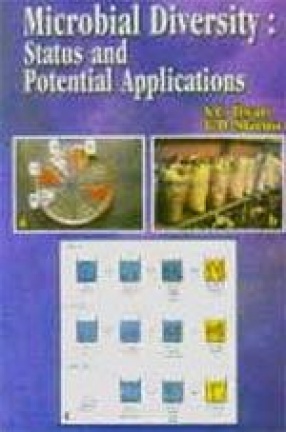
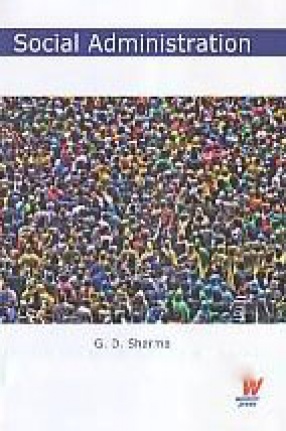
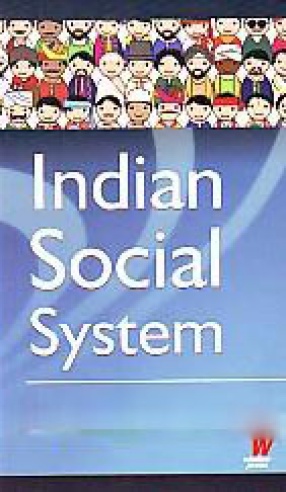

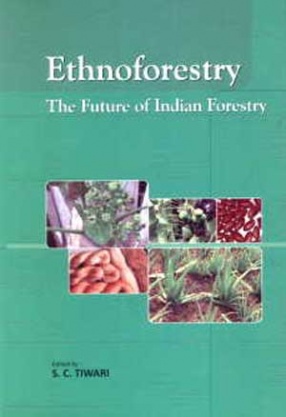
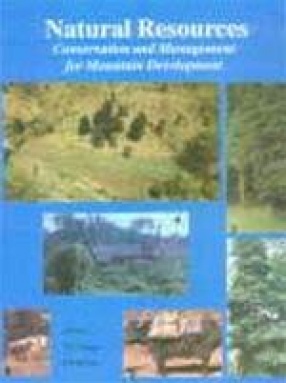
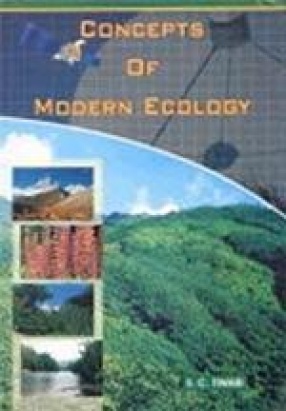

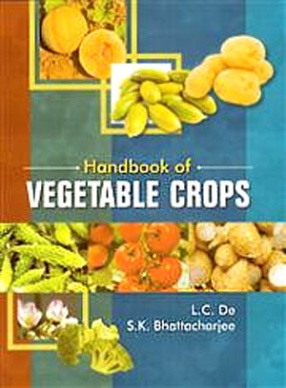
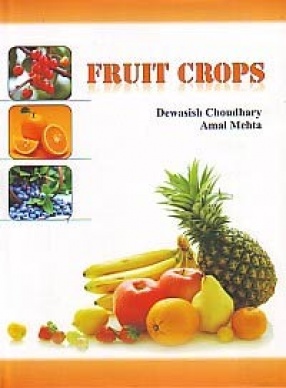
There are no reviews yet.